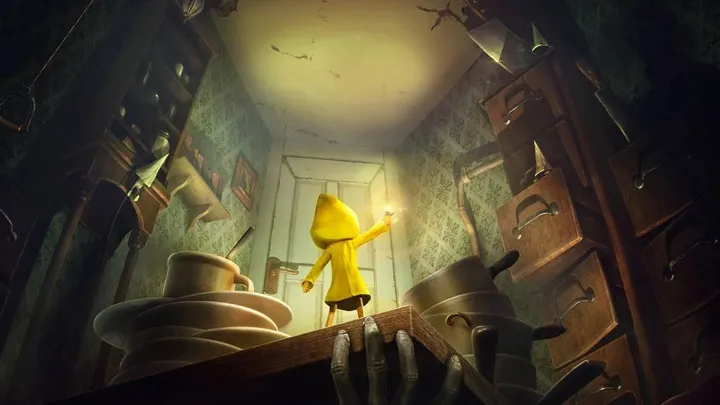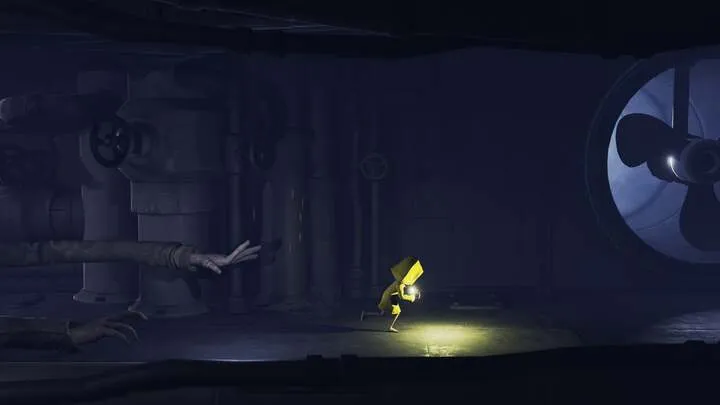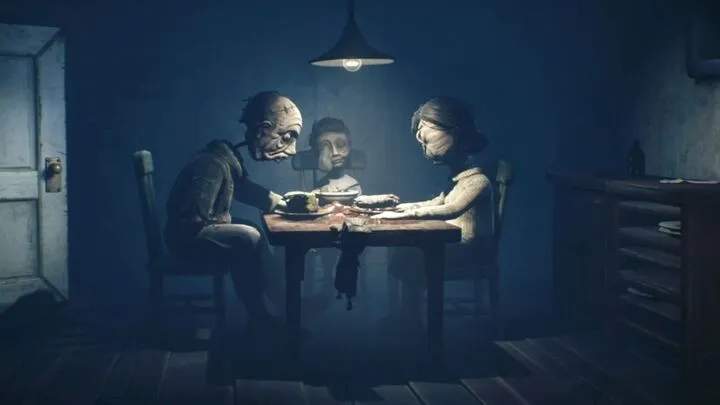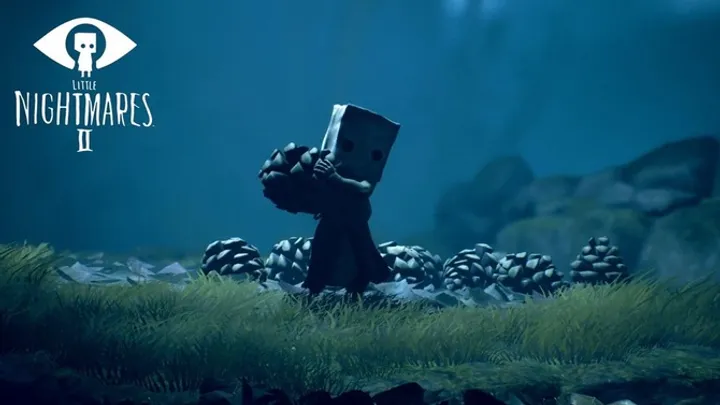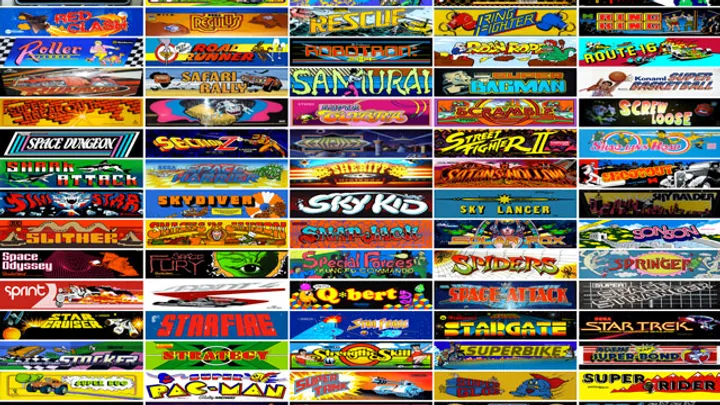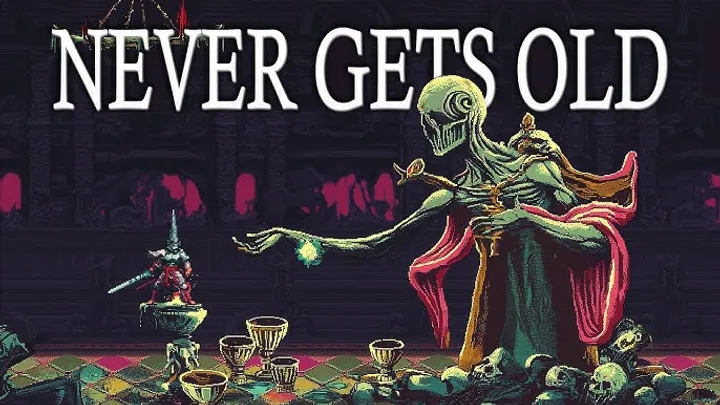The Thin Man is one of the most haunting and unforgettable antagonists in Little Nightmares II. He embodies everything the game has been building toward—control, fear, and resistance against inevitable doom. Facing him requires not only sharp reflexes but also mental discipline and understanding of how Little Nightmares II communicates emotion through motion. This 3000-word guide takes you deep into the final confrontation, teaching not just the button presses, but the emotional and strategic mastery needed to defeat the Thin Man once and for all.
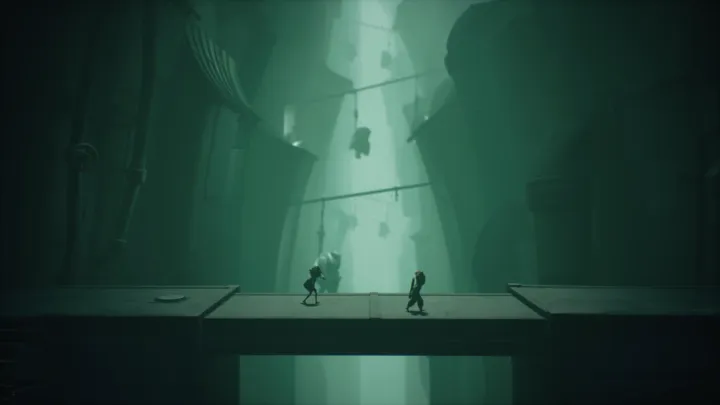
Understanding the Context of the Thin Man
Before learning how to defeat the Thin Man, you must first understand who he represents. The Thin Man is not just an enemy; he is the embodiment of television’s hypnotic power and Mono’s deepest fear of identity loss. The entire sequence of his pursuit reflects the player’s psychological struggle with control.
Throughout Little Nightmares II, the game teaches you indirectly how to prepare for this encounter. Every chase, stealth section, and tension build-up is a rehearsal for this moment. Recognizing this makes the final battle less of a surprise and more of a test of everything you’ve internalized along the way.
The Thin Man moves elegantly but relentlessly. He doesn’t sprint—he advances, calm and unstoppable. This teaches you an essential rule: rushing leads to mistakes, while calmness gives control.
Step One: Reading the Thin Man’s Movement Patterns
The battle starts when Mono is cornered in a small area as the Thin Man teleports closer. His attack pattern revolves around slow, deliberate advances, followed by sudden warps toward you.
Key Behavior Signs
- The Thin Man teleports only when line of sight is broken or when Mono hides behind cover.
- His teleport has a one-second delay—long enough to reposition safely if you anticipate it.
- The sound of static always precedes a warp.
Learning to read these signs allows you to move strategically rather than reactively.
Surviving the Early Chase
In the first phase, prioritize awareness over speed. Move between obstacles when static sounds fade. If you panic and sprint, you’ll expose yourself during his warp delay window. Treat every teleport as a rhythm—you dodge, wait, reposition, and repeat.
Step Two: Controlling Your Own Panic
Most players fail not because they lack skill, but because they let fear dictate their input timing. The Thin Man’s design intentionally triggers claustrophobia.
Managing Emotional Pressure
- Breathe before each movement.
- Count in your head as you wait for teleport cues.
- Focus on sounds, not visuals—the static crackle is the most reliable tell.
Why Calmness Wins
Unlike traditional bosses, the Thin Man doesn’t rely on damage. The game tests your ability to remain composed. Your success is psychological: your calm creates clarity, and clarity reveals his weaknesses.
Step Three: The First Wave – Navigating the Corridor
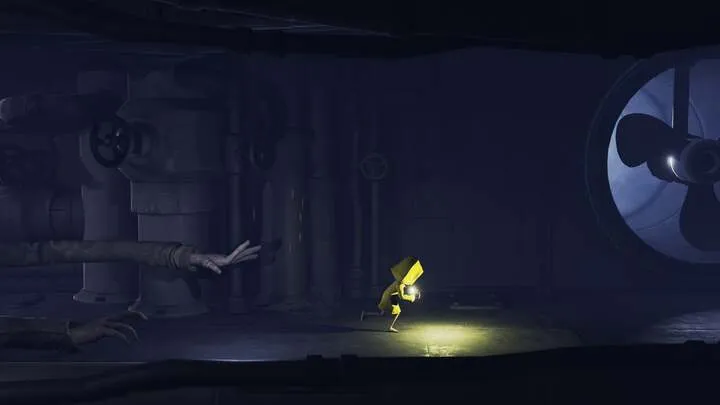
The corridor sequence is where many players lose patience. It looks like a chase, but it’s a rhythm puzzle.
How to Move Efficiently
Each door acts as a checkpoint, with timed openings aligned to the Thin Man’s teleport sequence. The correct movement involves:
- Moving only when static fades.
- Sliding into doorways at precise angles.
- Avoiding excess motion when you reach safety points.
The Sound Pattern
Listen for a three-phase sound loop: static build-up, silence, teleport. During silence, reposition; after teleport, freeze until static restarts.
Avoiding Panic Movement
Panicking leads to running too early. When that happens, the Thin Man teleports into your path instead of behind you. Remember, he predicts panic.
Step Four: Using the Environment as an Ally
Every environment in the Thin Man encounter is designed to train perception. The game subtly uses perspective and furniture placement to hint at safe zones.
Environmental Analysis
- Corners and walls block his line of sight.
- Static TV screens act as warp anchors for both him and you later in the fight.
- Cracks of light and shadow show Mono’s safe passage points.
Learning from Lighting
The lighting directs you more than it decorates. Move toward dim light; bright sections usually mark exposure zones.
Step Five: The TV Mechanic – Learning to Channel Energy
Once you reach the confrontation stage, Mono acquires the ability to channel the TV’s signal to repel the Thin Man. This mechanic seems simple, but timing determines everything.
How It Works
When Mono channels energy, the screen distorts. Holding the action button too long causes the wave to backfire; releasing too early results in failure. You must hold it just long enough to stabilize the screen.
The Rhythm Technique
To time your signal waves properly, use the Thin Man’s motions:
- When he stretches his arms forward, start charging.
- When his arms recoil slightly, release the wave.
Three perfect waves will stun him long enough to push back.
Step Six: The Psychological Duality – Mono Versus Himself
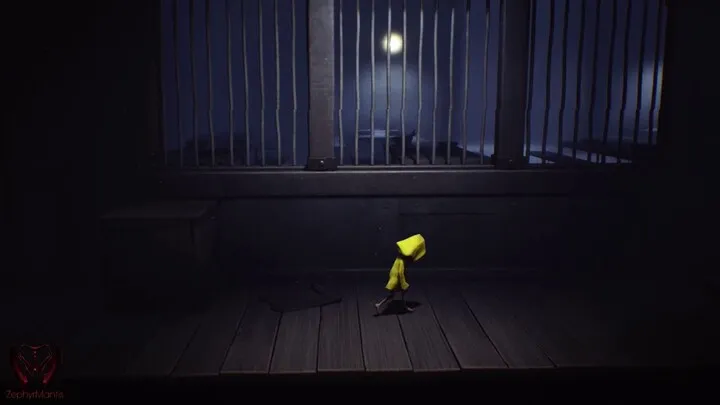
The more you push the Thin Man back, the more the environment changes. The room begins to stretch and twist, symbolizing Mono’s internal battle.
Symbolic Reading
The Thin Man represents Mono’s future self, trapped by obsession with control and the TV’s power. By learning to use the same energy that the Thin Man controls, Mono symbolically confronts his own potential corruption.
Tactical Implication
Treat this as an endurance test rather than aggression. The goal isn’t to kill, but to balance timing and restraint. Overcharging waves or panicking breaks rhythm and resets progress.
Step Seven: Precision Timing in Final Waves
In the final phase, the Thin Man’s pace increases, and his body distorts faster.
Key Strategies
- Maintain steady timing. Each wave gets shorter, forcing precision.
- Don’t overthink—rely on rhythm developed in earlier phases.
- Watch his shoulders. When they pull inward, it signals the window for the final push.
Training Your Reflex Memory
Replay the earlier checkpoint repeatedly to internalize timing. The Thin Man’s attack delay is consistent—master it once, and it becomes instinctive.
Step Eight: After the Victory – What the Battle Teaches
Defeating the Thin Man isn’t just about progression; it’s a metaphor for psychological control.
Emotional Transformation
When Mono finally destroys the Thin Man, the environment collapses, and silence takes over. This silence isn’t relief—it’s reflection. The battle teaches players to confront fear not by aggression, but by understanding.
Skill Carryover
The discipline learned here enhances the rest of the game. The final sections, including the collapsing city sequence, demand the same calmness and control learned in this fight.
Step Nine: Avoiding Common Mistakes
Every failed attempt carries a lesson.
Frequent Errors
- Rushing the signal waves: Leads to incomplete energy release.
- Ignoring static cues: Causes unexpected teleports.
- Over-movement during chases: Breaks the rhythm, leading to instant capture.
How to Overcome Them
The best correction is slow analysis. Watch your replay patterns in your mind. Ask: What did I react to instead of anticipate?
Confidence Loop
Success comes from understanding failure. The more times you analyze your mistakes, the less emotionally charged they become.
Step Ten: Integrating Calm Strategy into Future Playthroughs
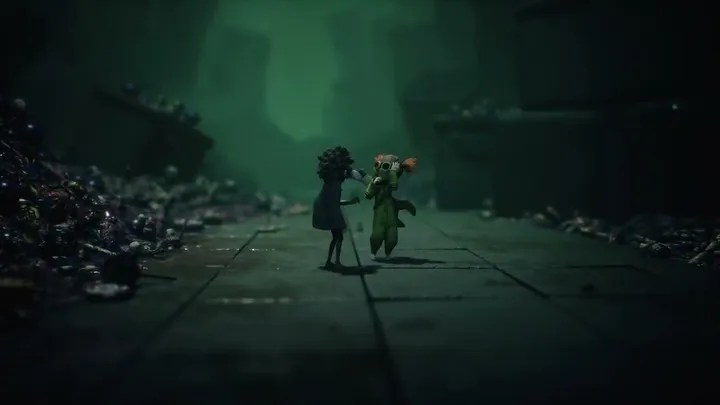
Once you’ve conquered the Thin Man, you’ll notice how your approach to the entire game shifts.
Expanding Your Skillset
- Use observation instead of reaction in all stealth encounters.
- Anticipate AI behavior through environmental cues.
- Apply breathing techniques during chase segments.
Mindset Evolution
By the end, you’re not just defeating monsters—you’re mastering control over fear and chaos. That’s the real transformation Little Nightmares II asks of you.
Conclusion: The Battle Beyond Fear
The Thin Man’s defeat isn’t a moment of triumph—it’s a revelation. It shows that Little Nightmares II isn’t about escaping nightmares but accepting them, learning their patterns, and staying composed in their presence. The encounter transforms Mono and the player simultaneously. By maintaining calm under pressure, reading subtle cues, and acting with precision, you embody the very balance the game’s narrative seeks to teach.
To truly master Little Nightmares II, you must learn what the Thin Man symbolizes: fear that feeds on control. And once you control yourself, fear loses its power entirely.









